‘Golden Girls,’ Fire Island and Gender-Inclusive Kaftans With Designer Oday Shakar
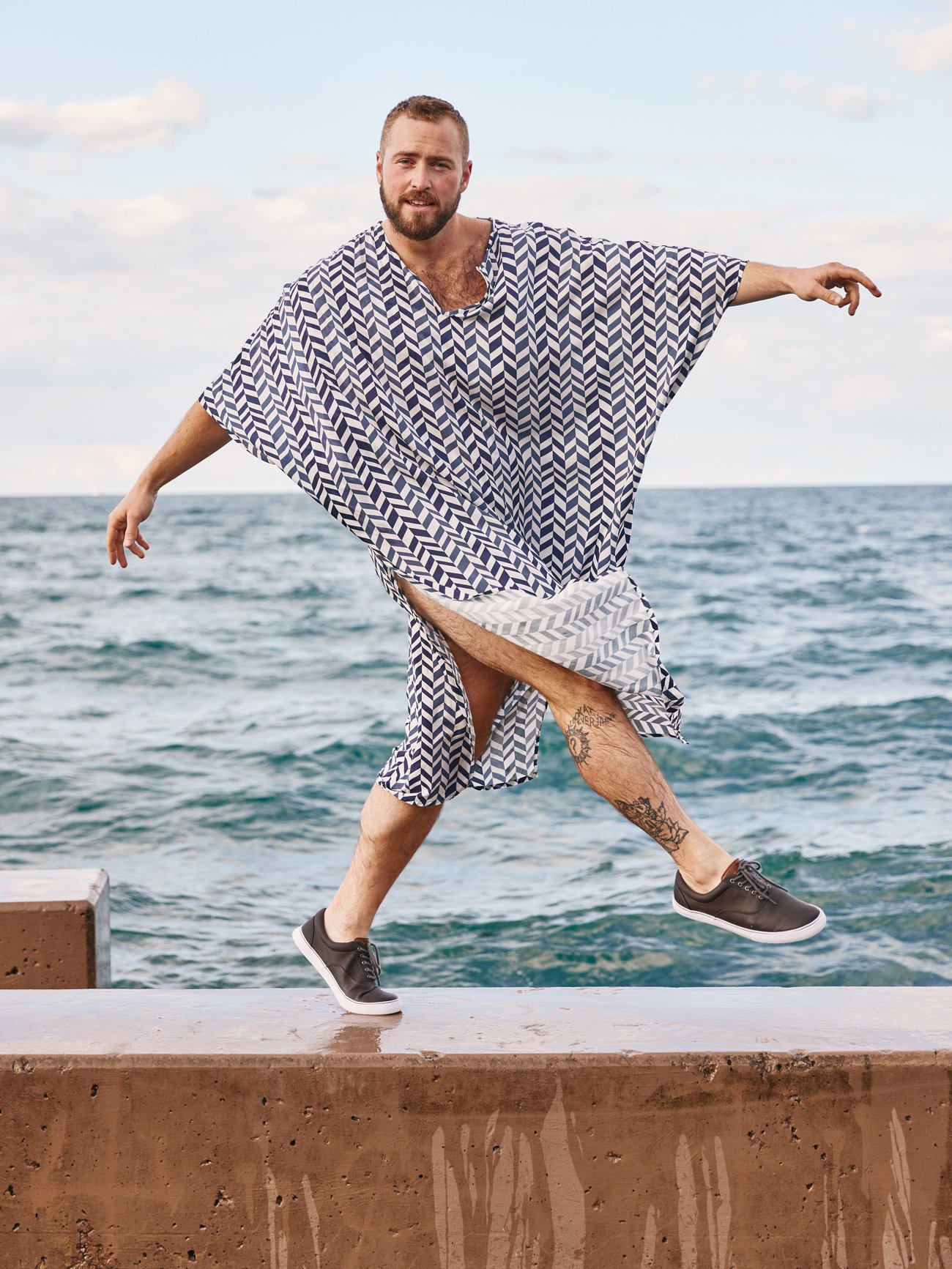

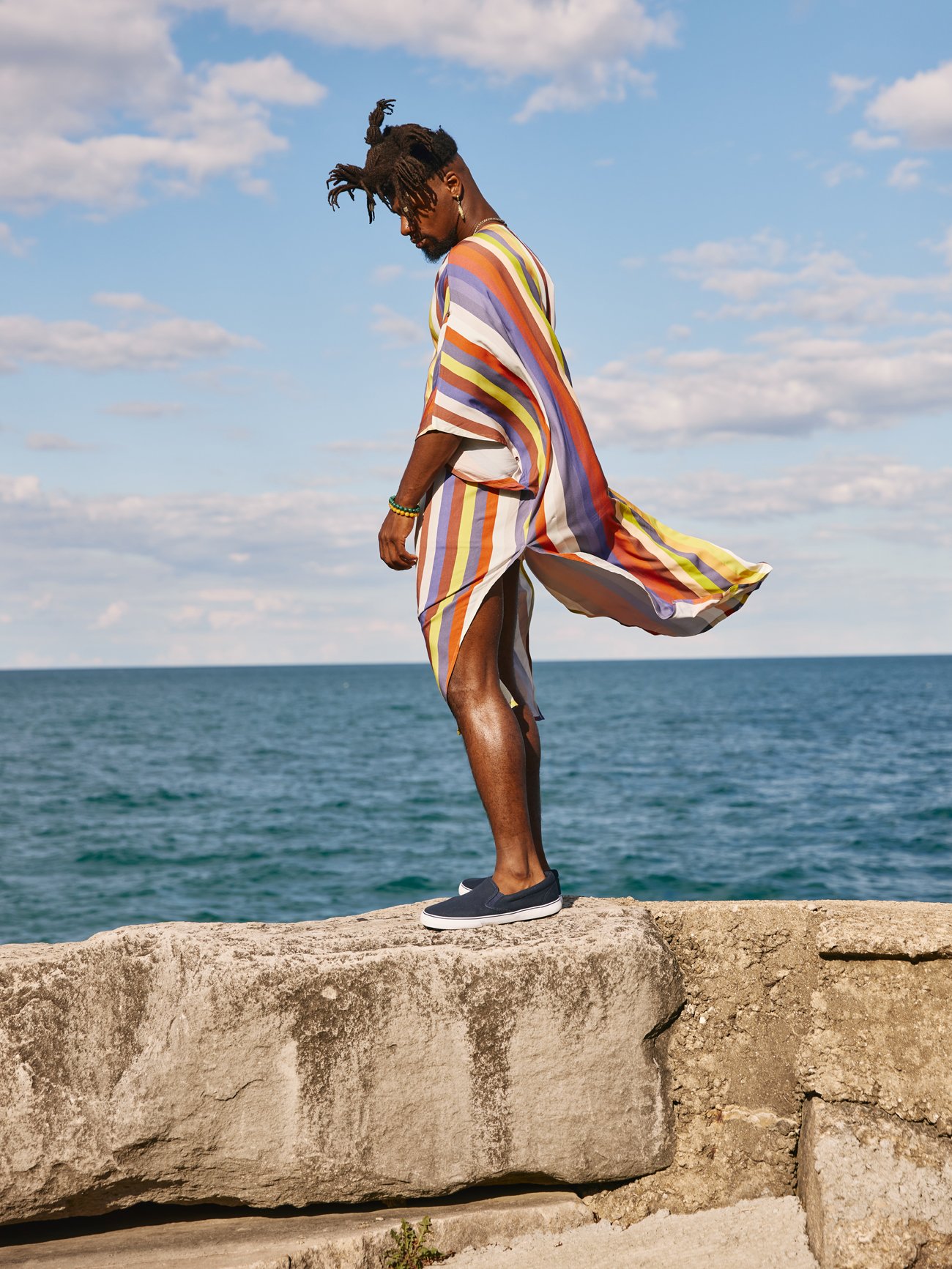
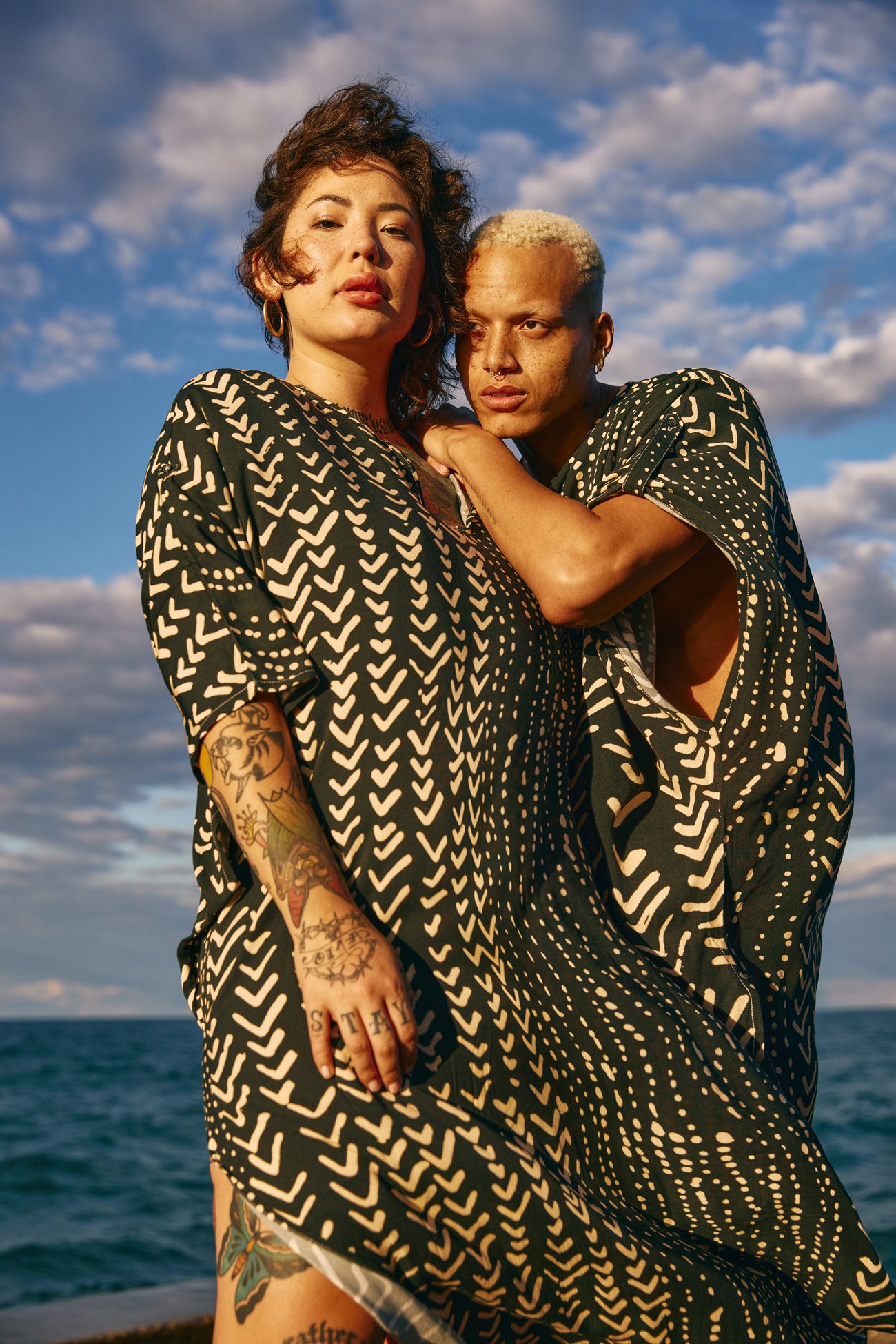
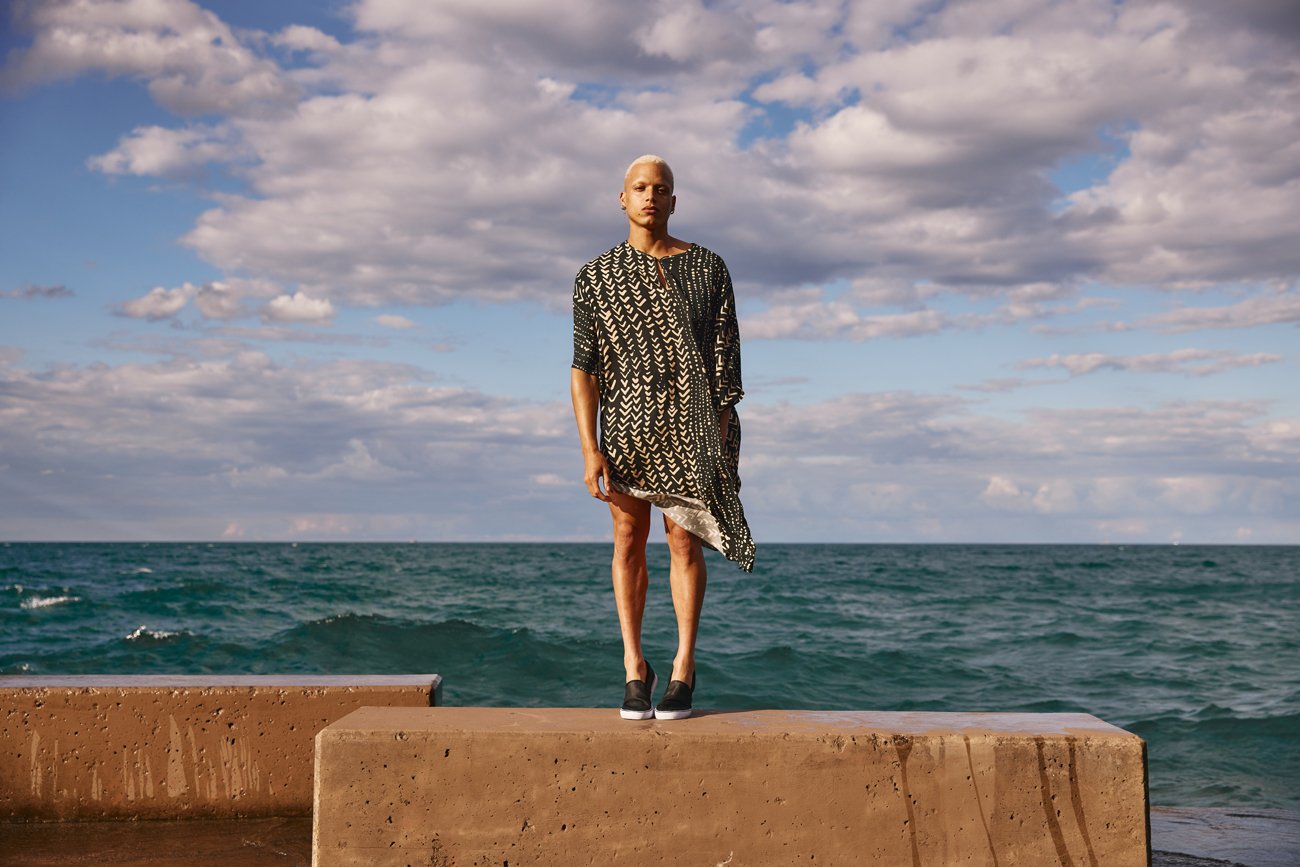

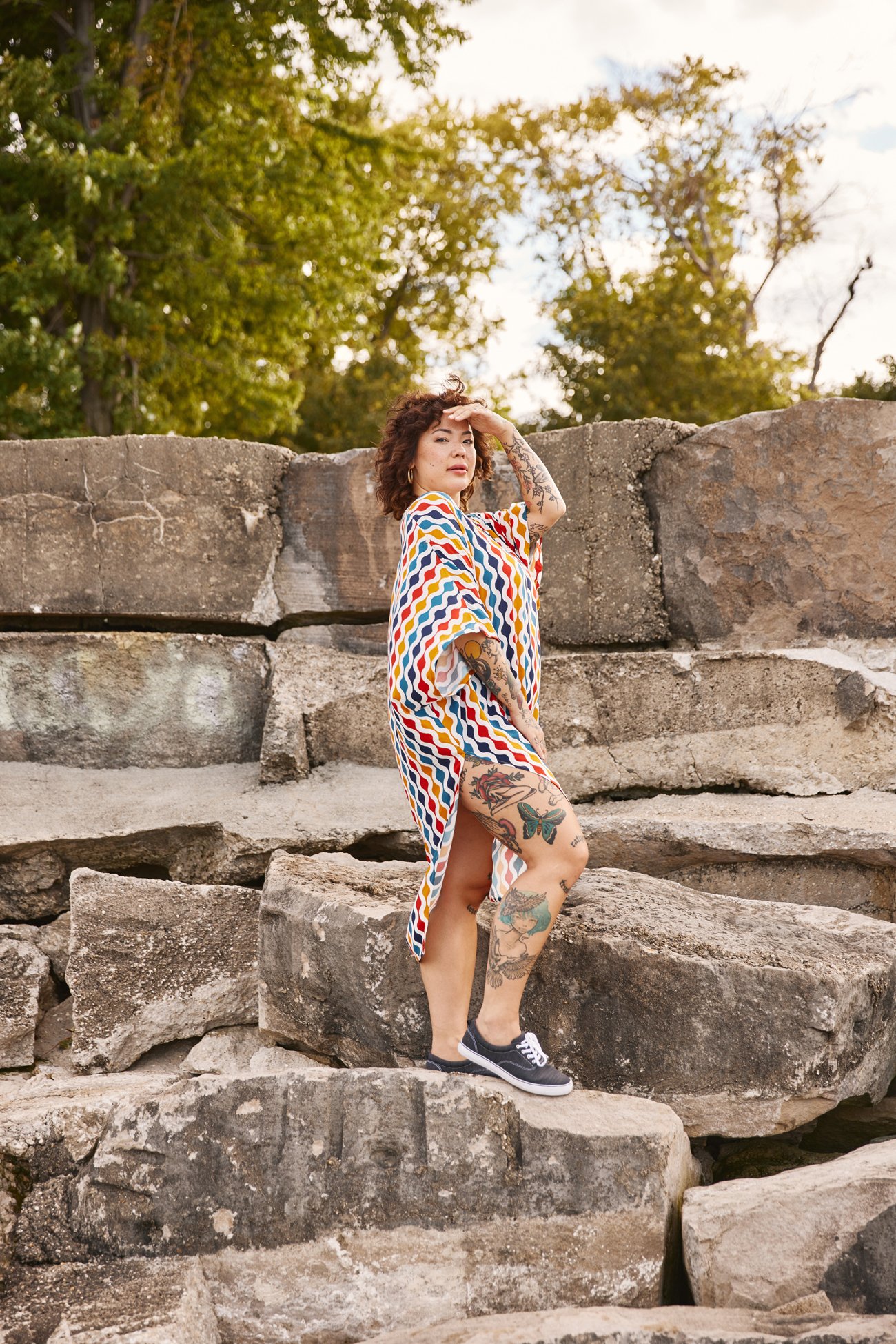
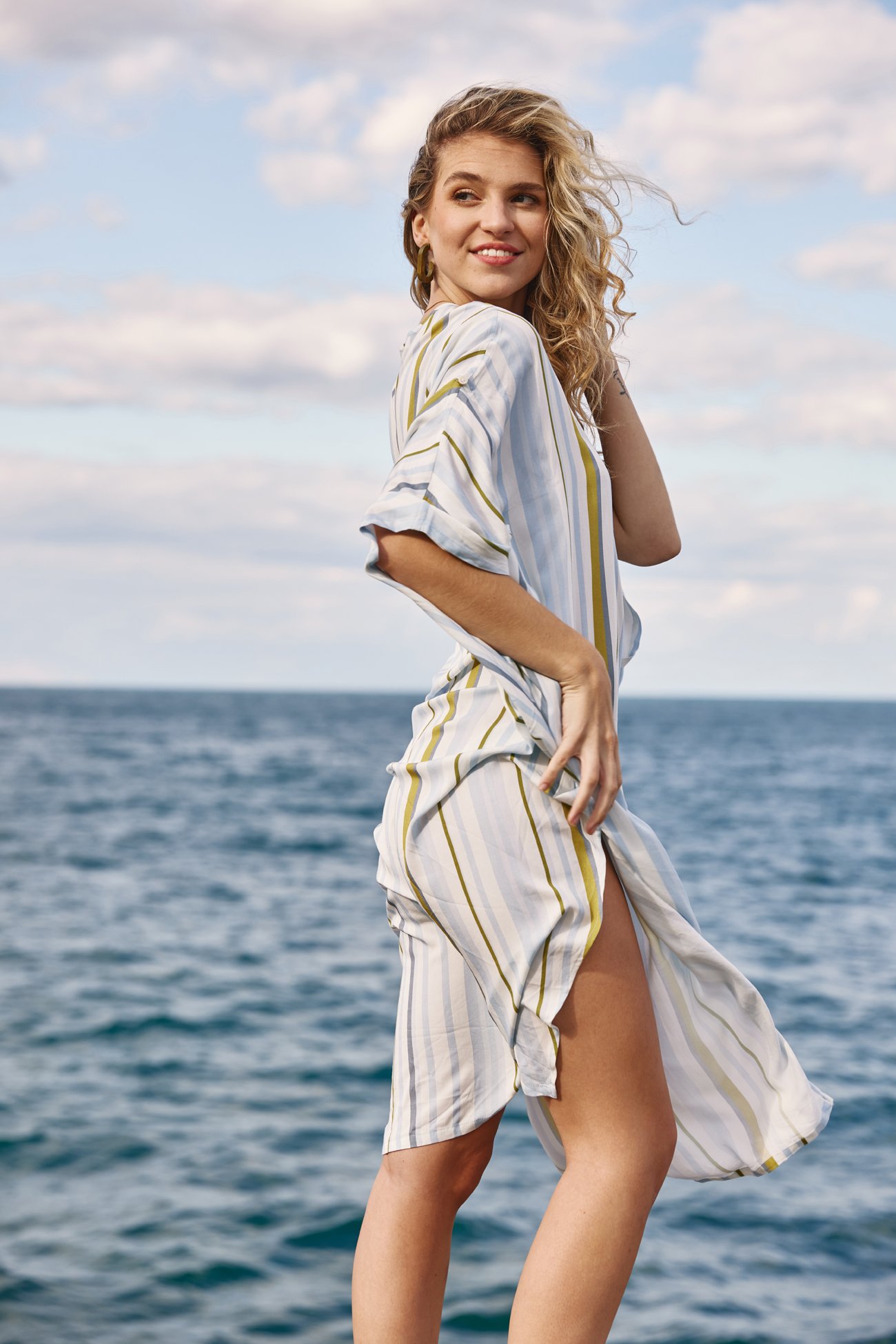
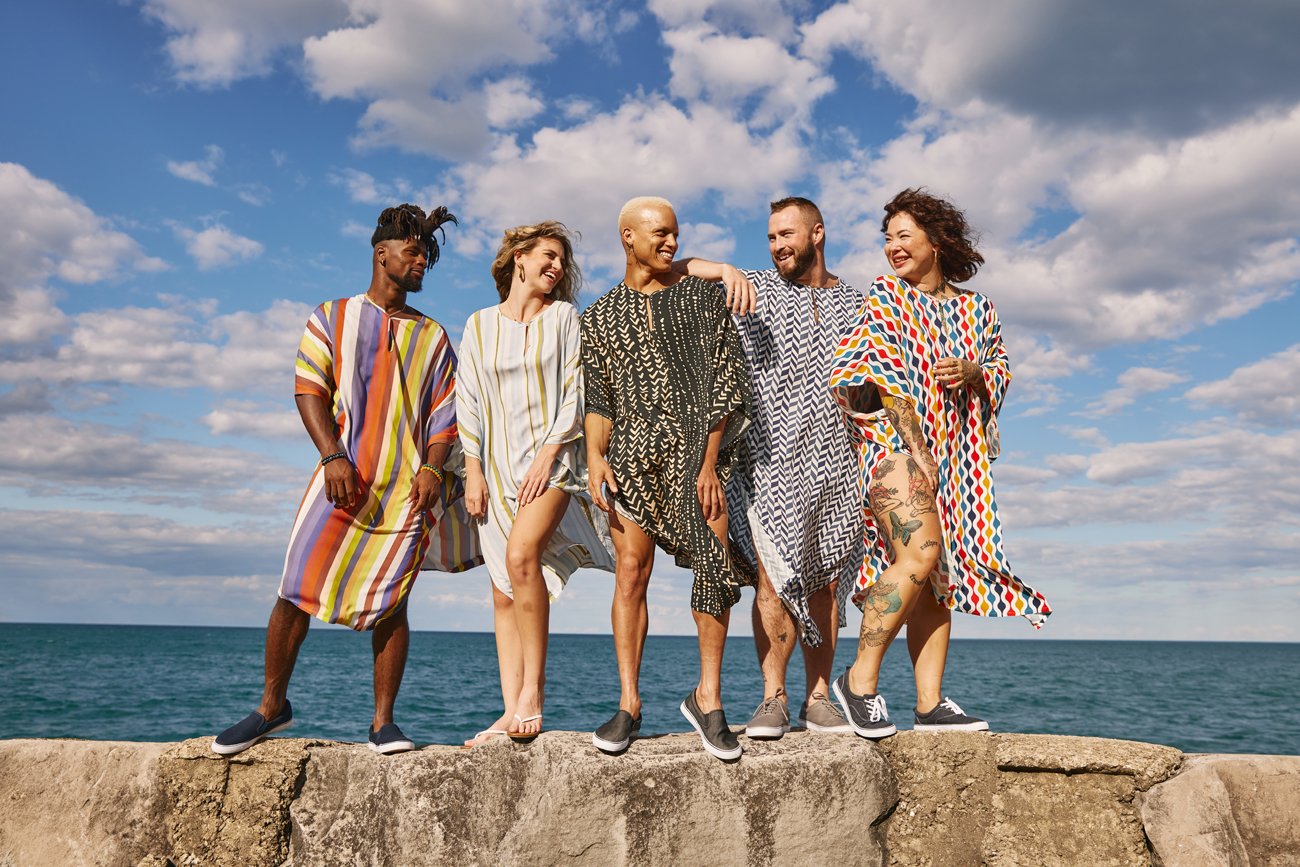
Disclosure: Please note that some of the links above may be affiliate links. There is no additional cost to you, and you will help us to keep the site supported! Ps. We recommend only products and companies we use and trust!
It's been almost 30 years since the last episode of Golden Girls went on air. Still, the beloved characters Sophia, Rose, Dorothy, and Blanche never left the collective consciousness of queer millennials. While some are more intrigued by their humor and personalities, others are obsessed with their fashion style - Oday Shakar, a gay Iraqi-American designer, is part of the latter.
During a summer vacation in Fire Island, New York, Shakar, who designed women's dresses his entire career, started questioning why there were no good gender-neutral kaftans for different body types. Like those the four ladies would wear on television. "[I was] in a pool discussing Golden Girls kaftans and how I wish I had fabulous chiffon kaftan in bold modern colorful prints," recalls the designer, thinking back to the moment he first thought about creating his brand Kaftko.
Once the vacation was over, Shakar went back to his apartment in New York and started working on samples. The mission was to create a size and gender-inclusive brand. "This is very important and dear to my heart. Growing up, I always struggled with my size and being feminine. Kaftko has given me the self-confidence to express both my curvy body and my love for expressing my feminine side," he says.
Hours after he had just announced the samples on social media, they were sold out. The success confirmed that people were ready to enjoy the kaftan's magical empowerment. "The minute you put on one, it gives you a complete sense of freedom and joy. You are ready for a good twirl from your home or anywhere you may be, like poolside in Palm Springs".
It didn't take long for the brand to find fans in the celebrity world. Billy Porter, Alaska, Ross Matthews, Carson Kressley, and Lance Bass were all seen wearing Kaftko's silky and colorful kaftans during the summer. Now that winter is coming, Shakar is bringing back another hit on sales, the Kozy Bear line. "Fleece kaftans with detachable ears. They're a lot of fun to lounge in".
The designer doesn't want to lose time, and he is already planning what's coming next: "I am working on my new collection Karnival! I wanted the feeling of Brazil & Passion. They can be completely made-up ideas in my mind like Tropical Disco. I always tend to gravitate to unique color combinations that feel modern and fresh. In many cases, there are many styles that I always gravitate towards, like Mid-Century Modern. I just love to give it my twist on things".
Shakar believes that everyone can wear his creations and there's no right or wrong place to do so. You can either live your Golden Girls' fantasy in your apartment or have a Jennifer Coolidge moment in some resort like White Lotus. "My kaftans are not about where you live but where they take you mentally. Also styled right, a kaftan can be worn any way you like. Most people are ready for a resort escape mentally or physically."
The Kaftan History
With its flowing silhouette, vibrant colors, and intricate patterns, the kaftan stands as a symbol of elegance, comfort, and cultural heritage. This timeless garment has graced the wardrobes of men and women across the globe for centuries, transcending borders and telling tales of history, tradition and style.
The origins of the kaftan can be traced back to ancient Mesopotamia, where the loose-fitting robe was worn by both men and women. Over time, it spread to various civilizations, including the Ottoman Empire, Persia,and Morocco, each adding their unique touch to its design. The kaftan became a staple in the wardrobes of sultans, nobles, and the elite, signifying power, wealth, and prestige.
In the Ottoman Empire, the kaftan reached its pinnacle of splendor. Intricately embroidered and embellished with precious gemstones and gold thread, it became a symbol of the empire's grandeur. The fabrics used ranged from sumptuous silks to luxurious brocades, showcasing the empire's prosperity and its appreciation for the fine arts.
As the kaftan traveled across borders, it absorbed the influences of different cultures and adapted to local aesthetics. In Morocco, it took on a new identity with vibrant colors, intricate geometric patterns and handcrafted details. It became an essential part of Moroccan culture, worn during special occasions such as weddings and festivals.
In the 1960s and 1970s, the kaftan experienced a revival as it captured the imagination of Western fashion designers and bohemian fashionistas. Influenced by the global hippie movement, the kaftan became synonymous with free-spiritedness and a relaxed, carefree lifestyle. Fashion icons like Yves Saint Laurent and Oscar de la Renta incorporated kaftans into their collections, introducing them to a wider audience and elevating them to high fashion status.
Today, the kaftan continues to evolve while retaining its essence and allure. It has become a versatile garment suitable for various occasions, from casual beachwear to glamorous evening attire. Designers around the world experiment with different fabrics, patterns and embellishments, infusing their personal creativity into this iconic garment.
Furthermore, the kaftan has also become a symbol of cultural appreciation and inclusivity. It is embraced by individuals from diverse backgrounds who seek to celebrate the beauty of different cultures and promote global unity through fashion.













The Best Lesbian Dating Apps